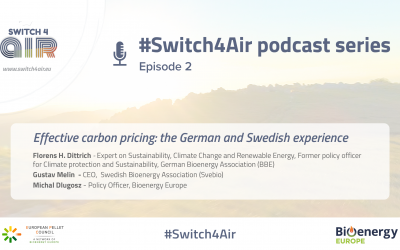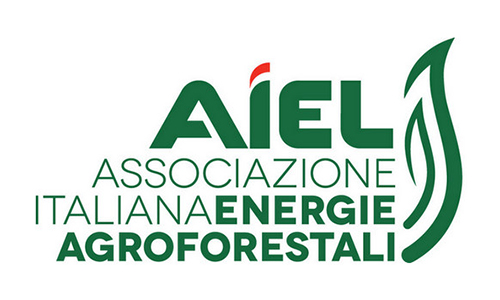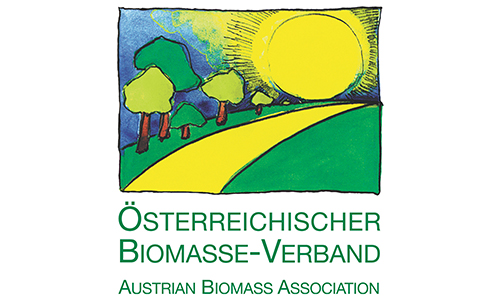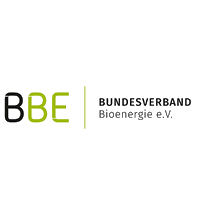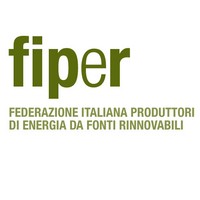Bioheat in Europe
The heating and cooling sector is responsible for 36% of GHG emissions and represents 40% of energy consumption in the EU. Moreover, almost 80% of H&C consumption is provided by fossil fuels. It is essential that higher RES penetration and increased energy efficiency become the key drivers behind the process of decarbonization – a process that must include bioheat, a readily available, affordable, and efficient solution. But, to achieve carbon neutrality by 2050, coherent measures and policies fostering real change must be implemented to immediate effect. The Switch4Air campaign has been developed to raise awareness on how bioenergy industry can contribute to the improvement of air quality.
Heating and Air Quality: two sides of the same coin
Decarbonisation & Modernisation of the heating system
Improve Air Quality
Foster the phase out of fossil fuels
Promote penetration of renewable solutions
Privilege cost-effective solutions
Support the replacement of old and inefficient heating appliances
What is the EU doing to improve Air Quality?
Since the Paris Agreement, the EU has moved forward to implement a set of guiding principles and rules to ensure a greener, and more sustainable development for future generations. While the European Green Deal enshrines these principles, to deliver on the 2050 climate targets the EU and its Members States need to elaborate on and commit to ambitious legislations that will effectively promote a radical shift in the heating sector – ultimately improving the air quality.
National Initiatives
Pollution is a problem for all citizens, transcending both regional and national boundaries. All Members States need to introduce policies and measures that aim at improving air quality.
Are you interested in what is being done in your country? Curious about what other European countries are doing?
What can you do to help?
The bioenergy industry is in the driving seat to not only decarbonise our heat demand but also to improve air quality from residential heating, substituting both fossil and old wood installations with modern biomass heating. Achieving this objective – and decrease emissions from wood heating – requires a combination of policies, information, and incentives that support consumer willingness and commitment.
Replace old and inefficient appliances
Use high quality & certified fuel
Hire certified Installers
Inform yourself about the best available solutions
Latest posts
#Switch4Air Podcast Series: Effective carbon pricing – the German and Swedish experience
Bioenergy Europe and the European Pellet Council are delighted to announce the release of the second installment of the #Switch4Air podcast series, focusing on carbon pricing.
Italy needs a 10-year plan to reduce emissions from the domestic burning of wood biomass by 70%
Domestic heating, across Italy as in other European countries, is a significant source of particulate which, nationally, represents 54% of PM10 emissions (Ispra 2020), thereby ranking as the primary source


